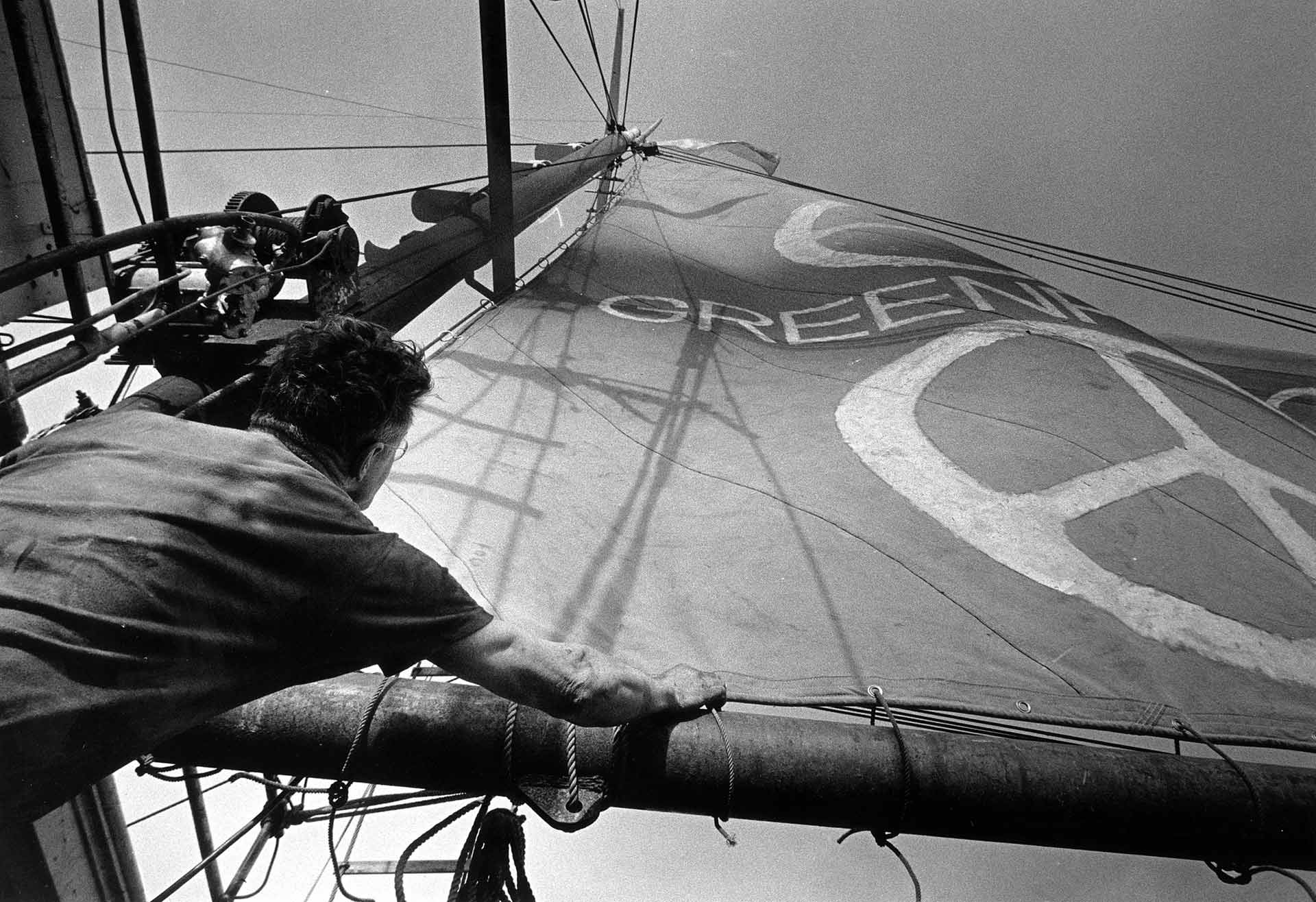The birth of a movement
The Greenpeace story is over fifty years of hope in action

In 1971, motivated by their vision for a more green and peaceful world, a crew of twelve set sail from Vancouver, Canada, in an old fishing boat. These activists believed a few individuals could make a difference. Their mission? To ‘bear witness’ to the US testing nuclear bombs off Amchitka island, Alaska, and prevent the test going ahead.
Naming themselves ‘Greenpeace’, the crew declared to media: “Our goal is a very simple, clear and direct one – to bring about a confrontation between the people of death and the people of life. We insist upon conserving the environment for our children and future generations”.
The vessel never made it to Amchitka, and the bomb test went ahead, but it would be America’s last in the area. The mission had successfully turned public opinion, and Greenpeace’s mission had captured the hearts and minds of people across Canada.
In the coming months, this same vision would spread across the globe, and a movement would be born.
Today, Greenpeace is comprised of 27 independent national/regional organisations in over 55 countries across Europe, the Americas, Africa, Asia and the Pacific, as well as a co-ordinating body, Greenpeace International.
Subscribe
Greenpeace is people, people like you, and together we are unstoppable! Add your details and we’ll send you regular action alerts and campaign information.
